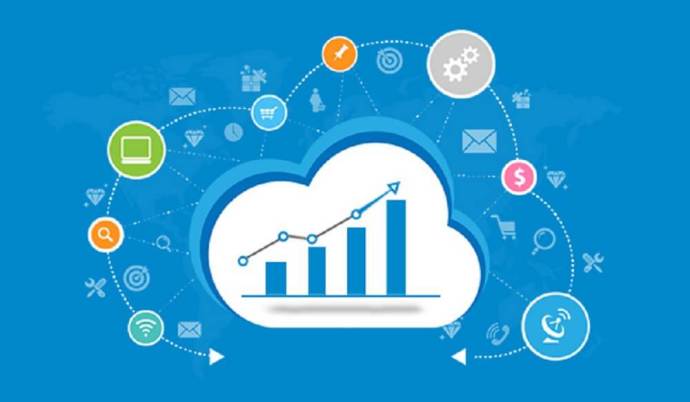Subscription Vs One Time Payment: Choosing The Right Model
When it comes to monetizing products or services, businesses often face a crucial decision: Subscription Vs One Time Payment. Each model offers distinct advantages and challenges, influencing revenue streams, customer loyalty, and market positioning. Understanding the nuances of these models is essential for making an informed choice that aligns with your business goals.
Subscription vs one time payment
Subscription models
A subscription model charges customers on a recurring basis, typically monthly or annually, in exchange for continued access to a product or service. This approach is widely used by streaming platforms, software-as-a-service (SaaS) companies, and membership-based services.
Benefits
Predictable revenue
Recurring payments provide a stable financial forecast.
Enhanced customer loyalty
Regular engagement fosters stronger brand relationships.
Scalable growth
Incremental additions of subscribers can significantly increase revenue without a proportional rise in costs.

Challenges
Customer churn
Subscribers may cancel if perceived value diminishes.
Continuous value delivery
Companies must consistently innovate to maintain satisfaction.
Management complexity
Tracking renewals and managing recurring billing requires robust infrastructure.
Exploring
A one-time payment model charges customers a single fee for permanent access to a product or service. This model is typical for physical products, digital downloads, or standalone software licenses.
Advantages
Immediate revenue
Businesses receive full payment upfront, improving cash flow.

Simpler transactions
Minimal administrative overhead compared to recurring billing.
Clear customer expectation
Users understand exactly what they are buying without ongoing commitments.
Limitations
Revenue uncertainty
Once purchased, no further income is generated from that customer.
Customer Re-engagement needed
Businesses must find new buyers continuously to sustain growth.
Limited feedback loop
Fewer touchpoints with customers can reduce insights for improvement.

Key factors
Nature of the product
Products requiring ongoing updates or services often fit subscription models, while static or one-off products suit one-time payment models.
Customer preferences
Market research can reveal whether your audience favors ongoing commitments or a single purchase.
Revenue goals
Subscription models often provide long-term financial stability, whereas one-time payments boost immediate cash flow.
Operational capabilities
Consider your ability to manage recurring billing, customer support, and continuous service updates.
Right choice
Choosing the correct pricing model requires balancing business objectives with customer expectations. For example, SaaS companies typically thrive on subscriptions due to recurring value delivery, while digital courses or eBooks often succeed with one-time payments. In some cases, hybrid approaches—offering both options—can maximize reach and revenue potential.
Conclusion
Understanding the differences between Subscription Vs One Time Payment empowers businesses to design pricing strategies that optimize growth, profitability, and customer satisfaction. By analyzing product type, customer behavior, and operational readiness, companies can select a model that not only drives revenue but also builds lasting relationships.
